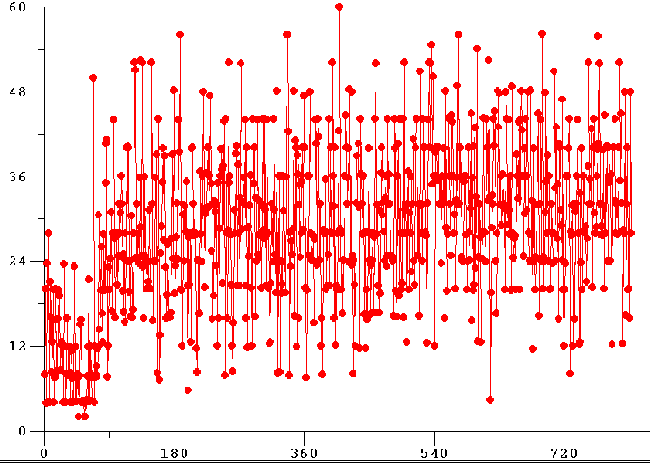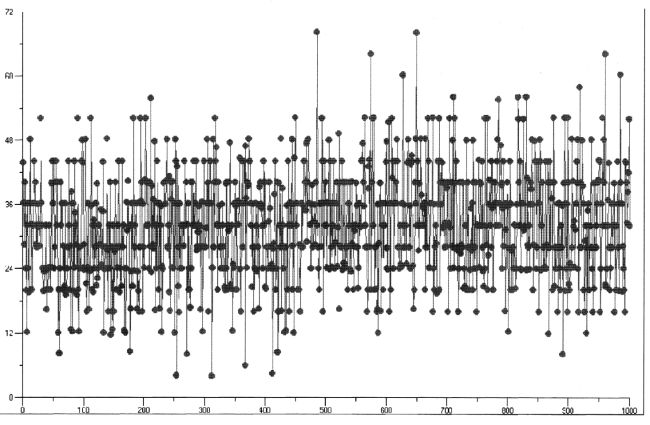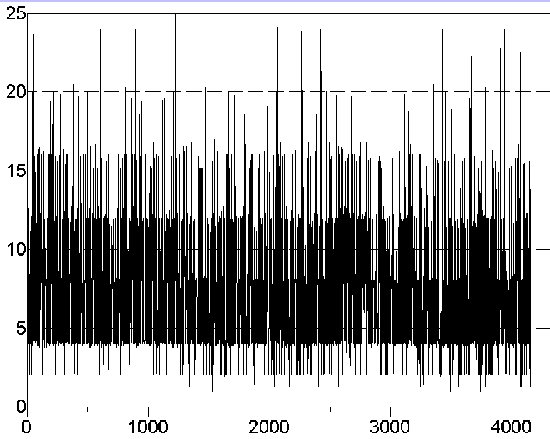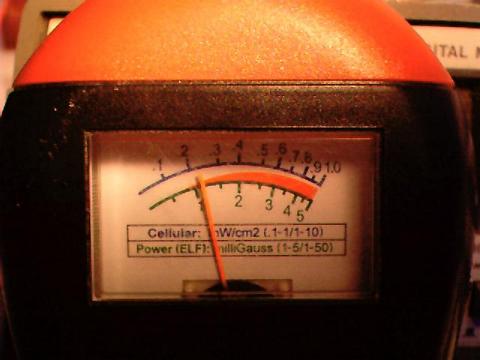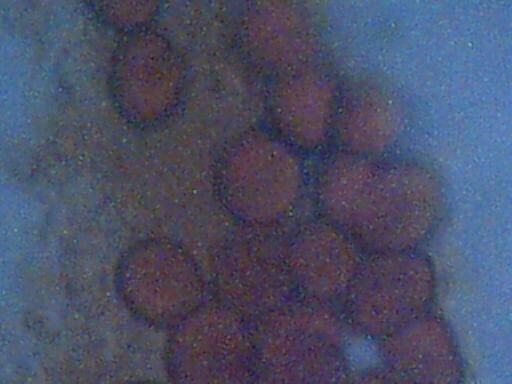
After again conducting microscopic sessions upon particulates collected from an outdoor HEPA filter in Santa Fe, NM in 2002 and finding unexpected biological components, Carnicom further asks the professional community for input to his findings. Images from this series of analysis, as well as those from earlier tests are presented, as are links to the previous research papers showing very similar results to this analysis and a description of the collection process used to collect these samples. NOTE: After asking for input from the professional community for help in analyzing these samples, a citizen on the Carnicom.com message board wrote giving input to the analysis that Carnicom has presented in this page. This person suggested that what Carnicom has been seeing in these samples is not bacteria, based on the fact that the samples were put into distilled water, and that red blood cells, when put in distilled water, will burst within seconds. The writer further claims that red blood cells are not ‘designed to live in a neutral environment’, but rather in salty environments, and that the samples look like pollen. Carnicom’s response to these claims is to seek further professional input. A main inconsistency in the citizen’s claims above include the fact that these appear to be altered (desiccated) blood cells, and such wouldn’t necessarily conform to the same reaction as normal red blood cells. Further modifications may have been applied to these cells as well, making them not susceptible to being destroyed by being placed in distilled water.

